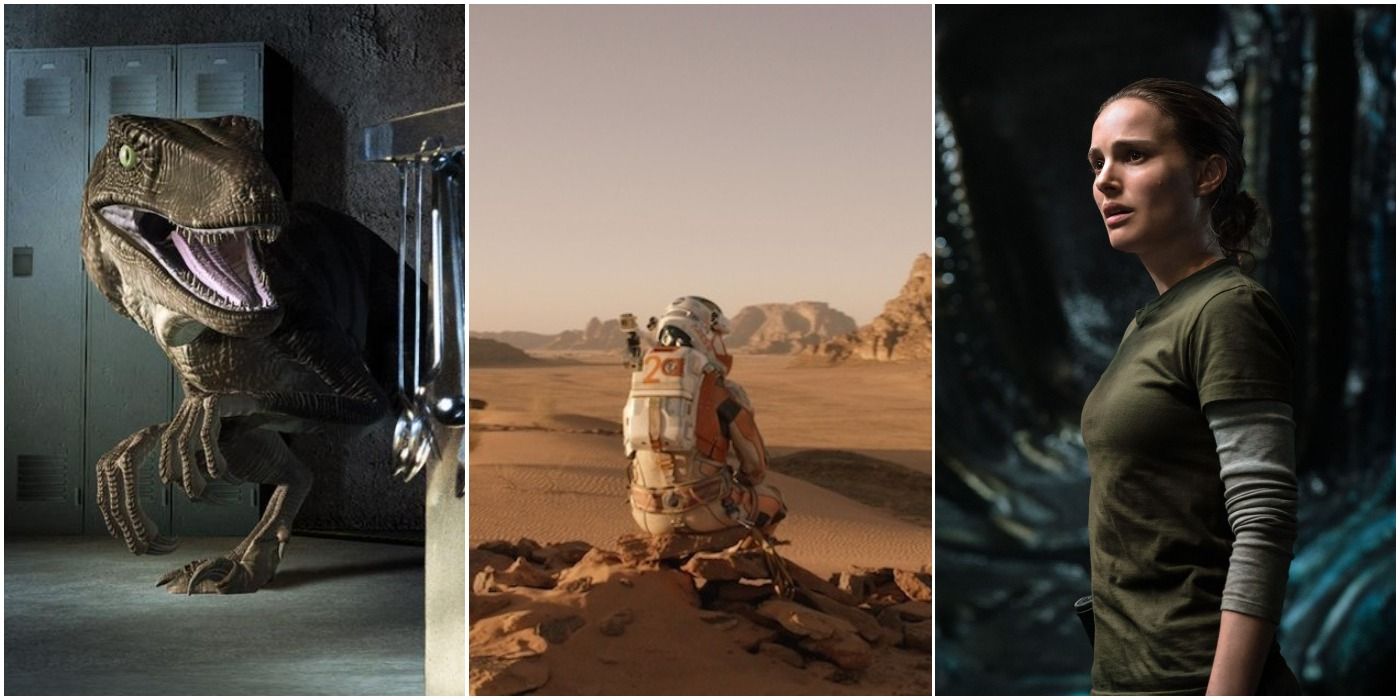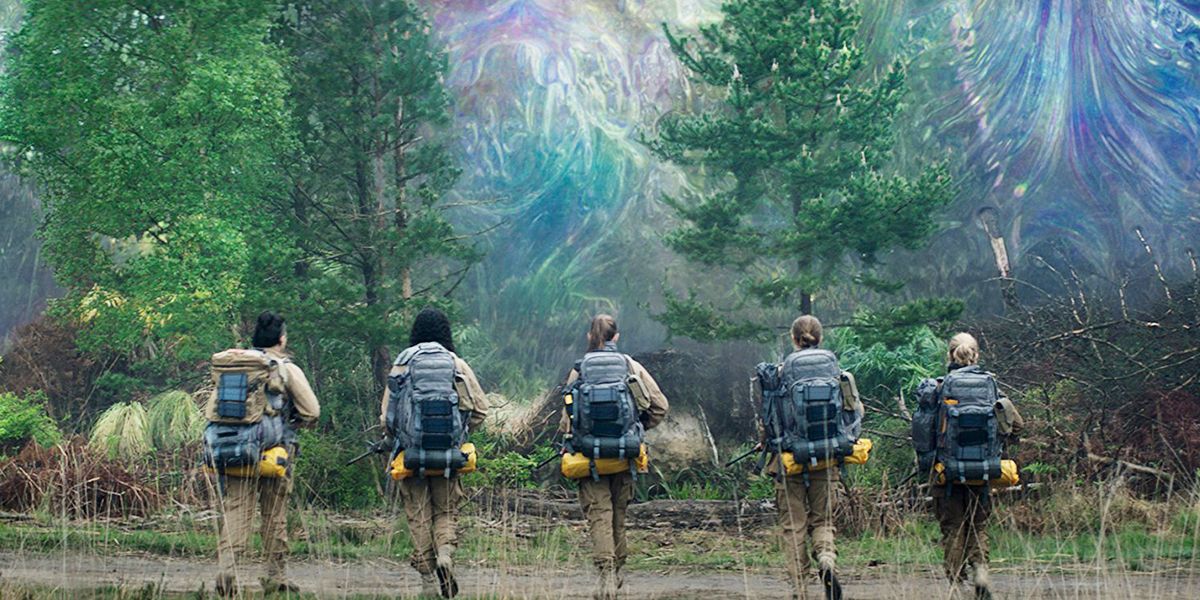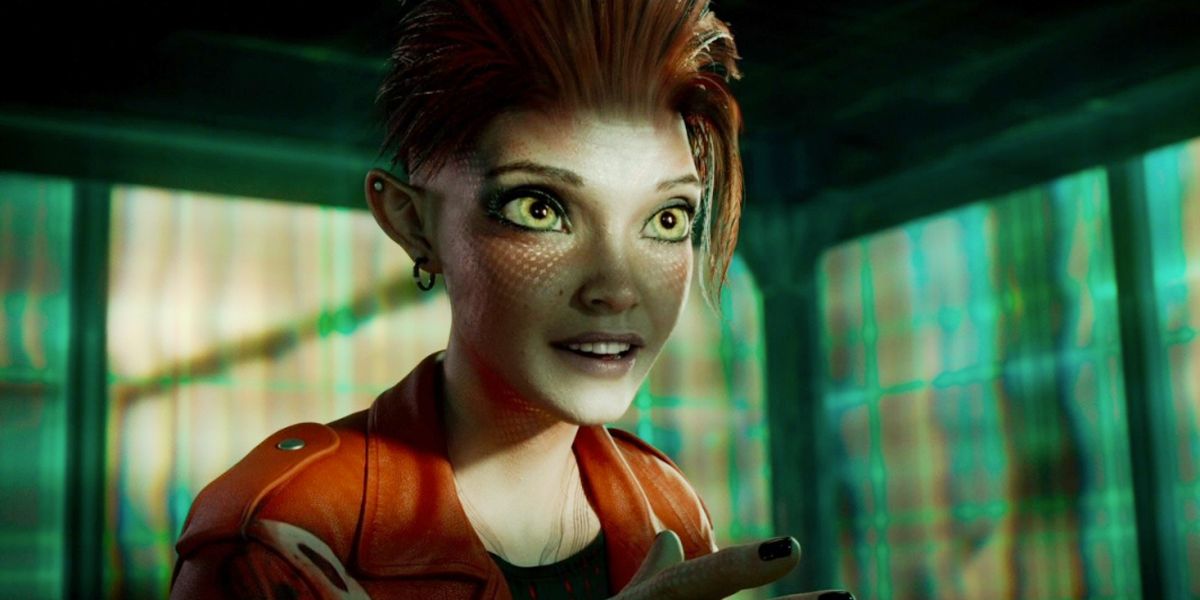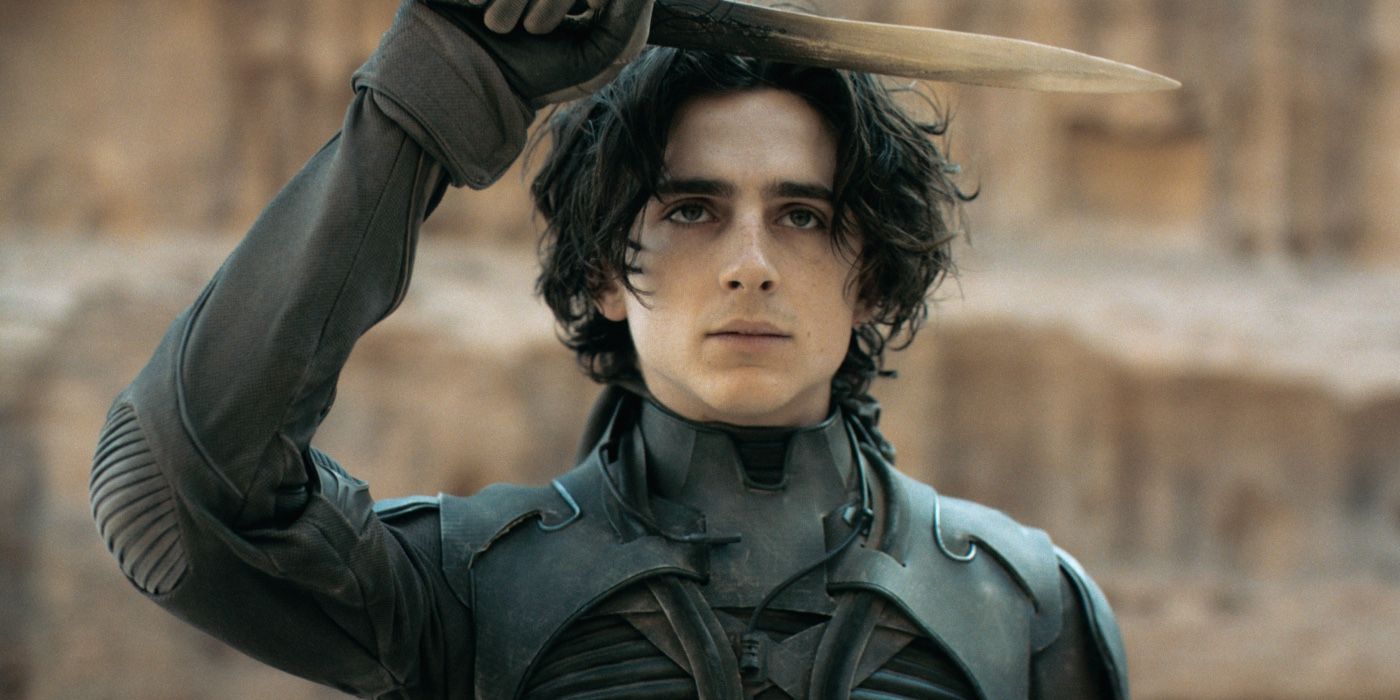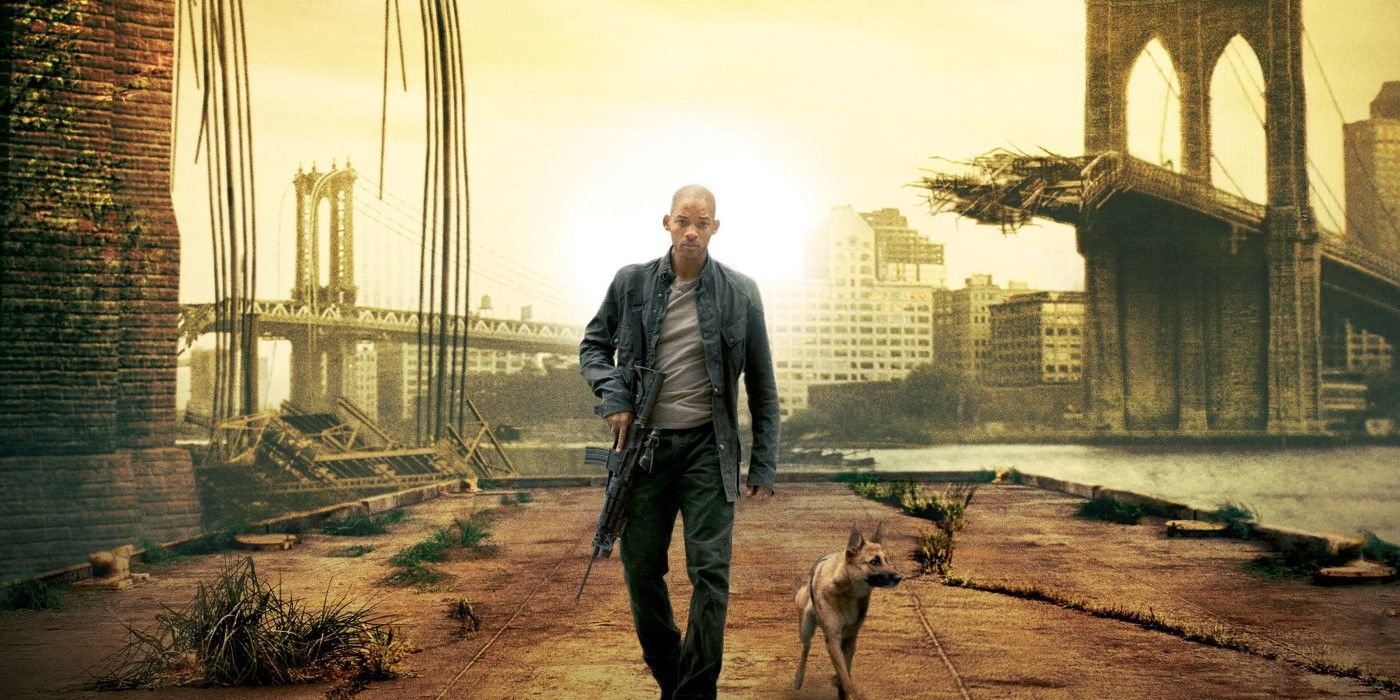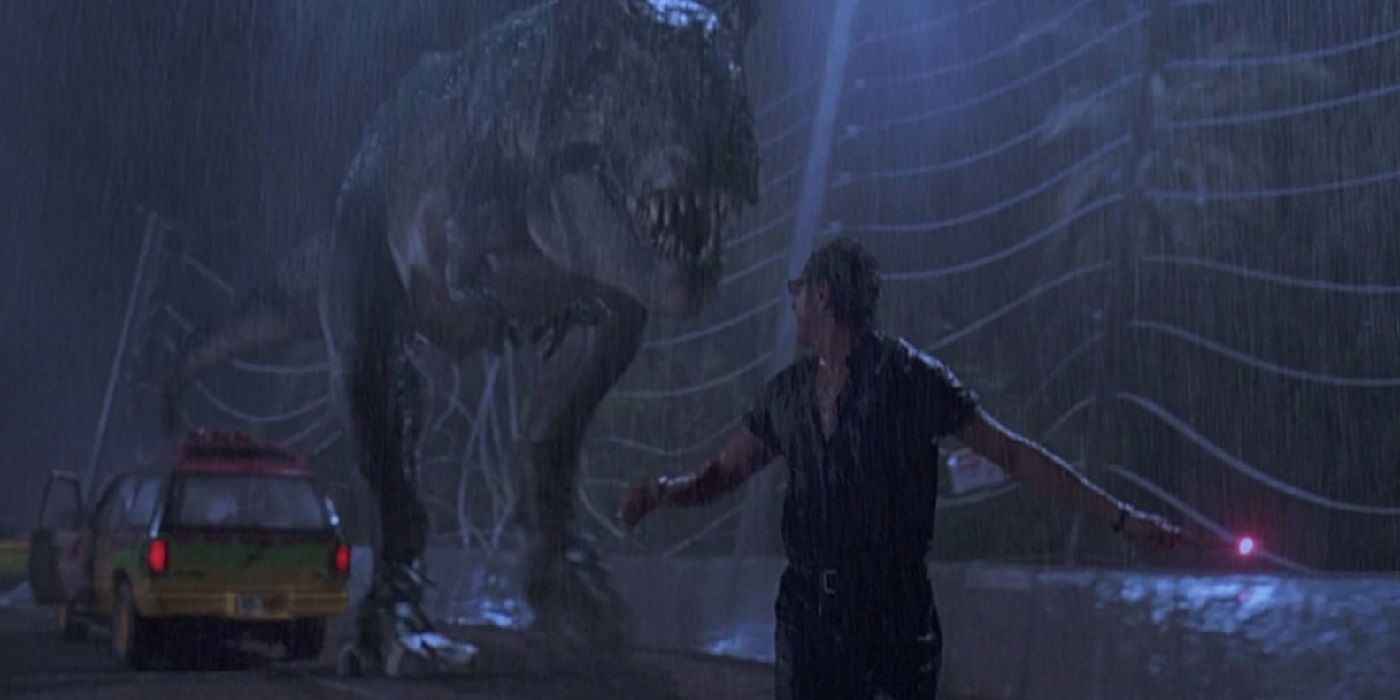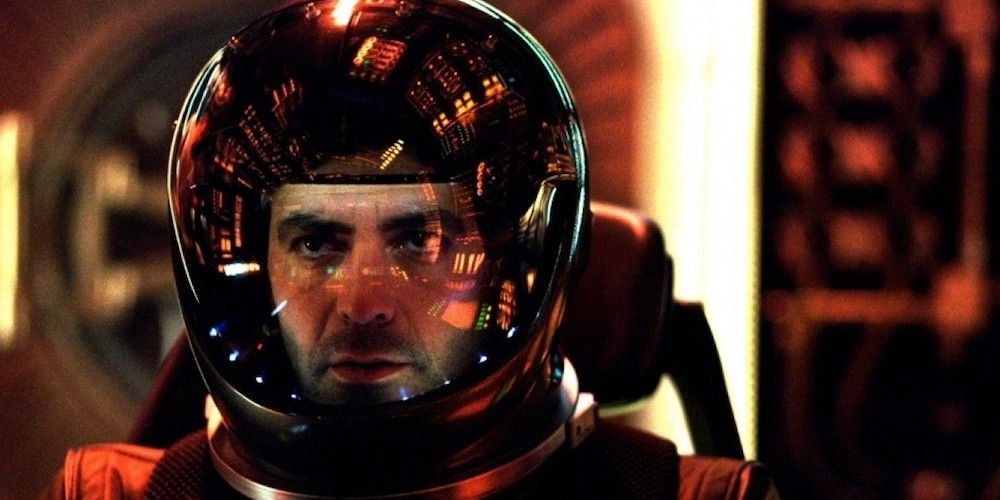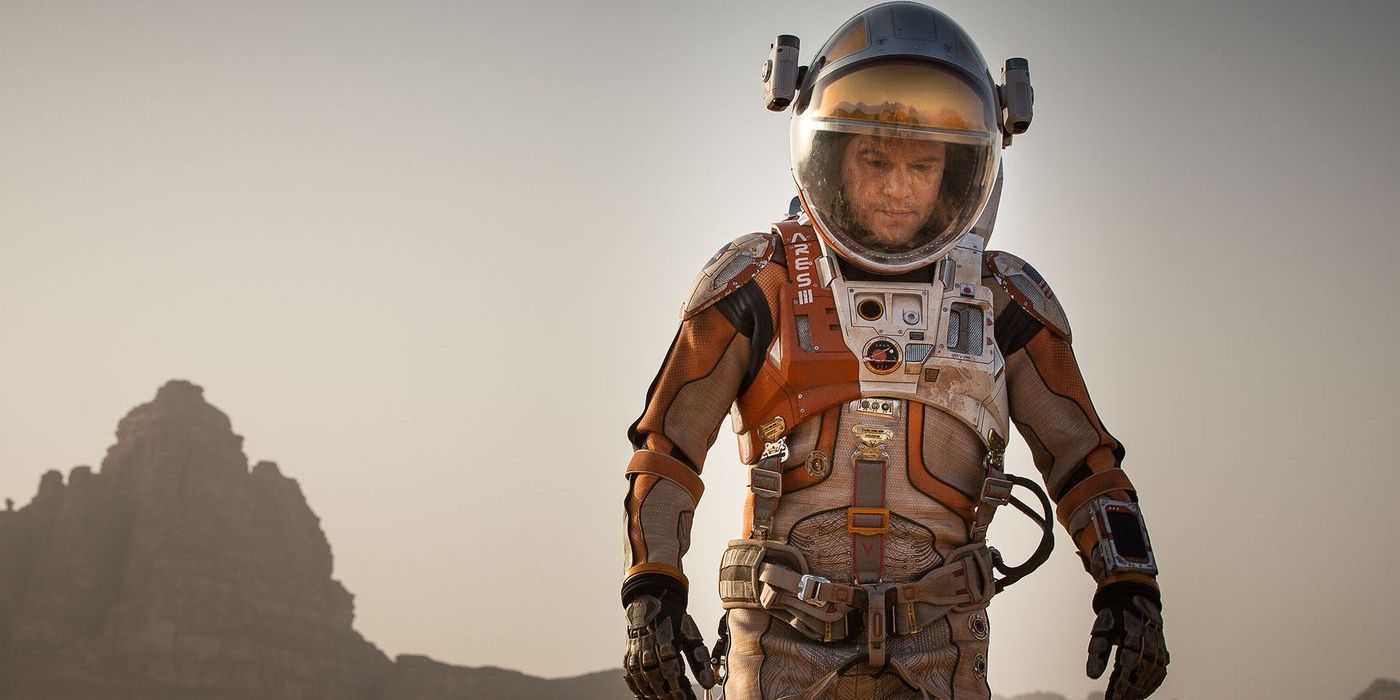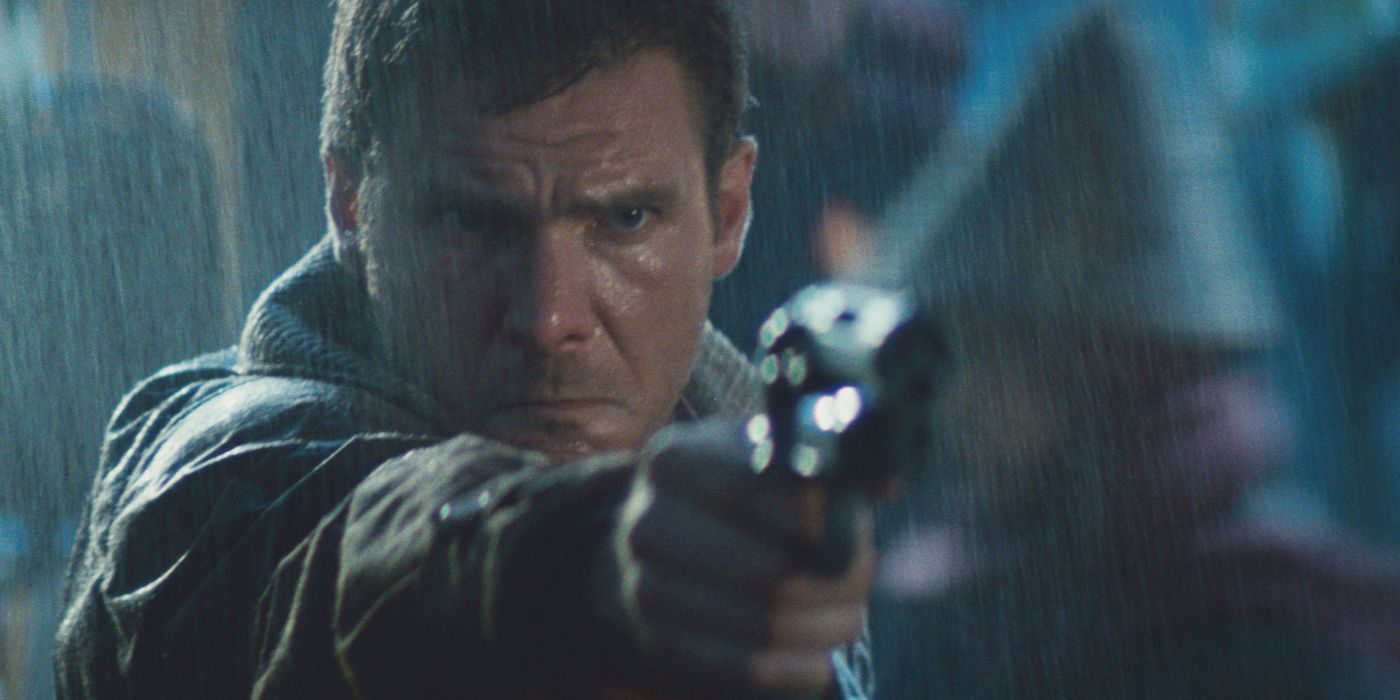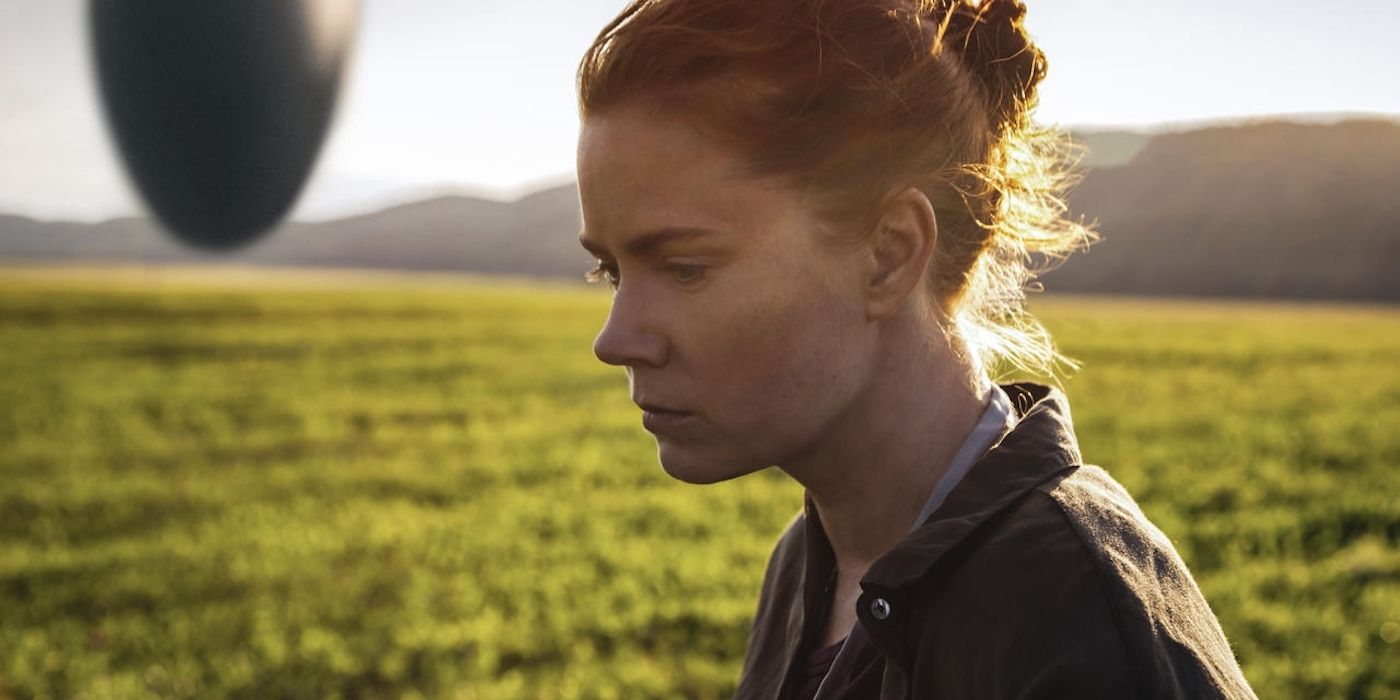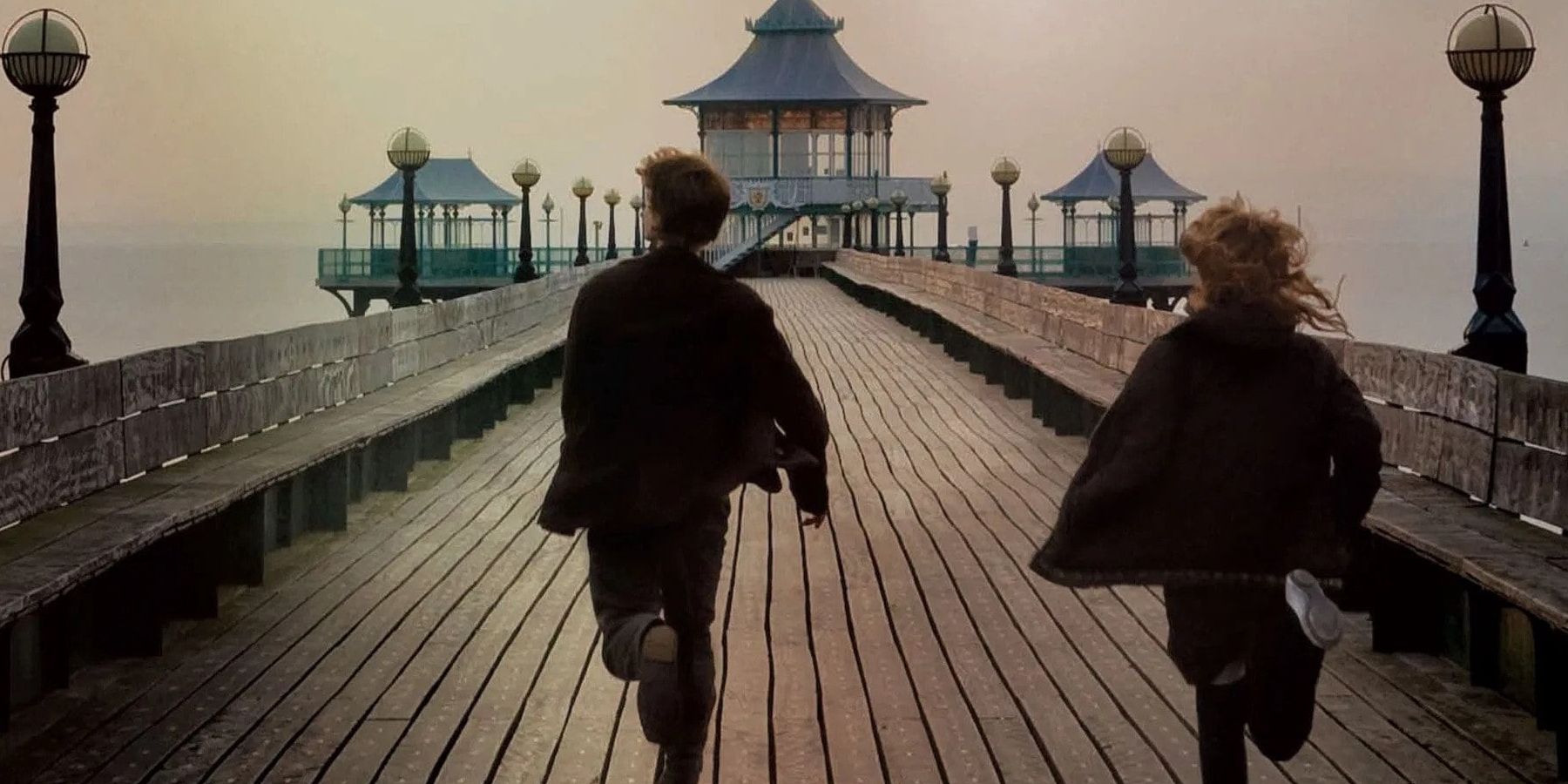Many great films have their origins in equally great books. Sometimes, adaptations to the screen take generous liberties, changing the stories drastically, while some stay faithful to the source material, keeping the plot points the same beat-for-beat. Whichever occurs, book-to-film adaptations can make for incredible resurrections of authors’ labors of love.
Sci-fi book adaptations are especially exciting to see on-screen, translating incredible works of science fiction into beautiful works of art for theaters. When the details that viewers have only imagined from words on a page are finally realized on the big screen, it can be better than they ever imagined.
10 Annihilation Is The First Installment In A Terrifying Trilogy By Jeff VanderMeer
Jeff VanderMeer published his first installment of the Southern Reach Trilogy in 2014; Annihilation. The film adaptation, written and directed by Alex Garland, was released in 2018. Both are terrifying sci-fi horror takes on a mysterious “shimmer” that envelops a small coastal town and lets very little escape upon entry, while also changing the life inside on a cellular level.
Alex Garland took extreme liberties in his adaptation of the novel, making the stories incredibly different from one another, but both are amazing in their own right. The novel’s story carries on into two more books, Authority and Acceptance, while Garland’s film ties its events up with a terrifying cliffhanger that leaves viewers asking just enough questions to prompt them to either re-watch the film or check out VanderMeer’s novel.
9 Ready Player One Was Ernest Cline's First Book
Ready Player One is the first novel by Ernest Cline, published in 2011, and the big-screen adaptation, directed by Steven Spielberg, was released in 2018. Starring Tye Sheridan, Olivia Cooke, and Ben Mendelsohn, the Spielberg film takes place in a dystopian world in 2045, where much of reality occurs in an online world known as the OASIS.
The novel and the film have some minor differences, but the writers who adapted the novel to the screen, Zak Penn and Ernest Cline himself, were fairly faithful to the source material.
8 Dune (2021) Is The Most Successful Adaptation Of Frank Herbert's Novel
Frank Herbert’s Dune has been adapted twice in the past, first by David Lynch in 1984 and then a miniseries in 2000, by John Harrison, before Denis Villeneuve again adapted the massive narrative with his take on Dune which came out in 2021.
Villeneuve’s Dune adaptation is a technical feat and was both a box office and critical success, winning six of the ten Academy Awards it was nominated for including Best Score and Best Cinematography. The film was so successful that its sequel, completing the events of the second half of the novel, is already in the works with Villeneuve staying on to direct it.
7 I Am Legend Is Based On Richard Matheson's 1954 Novel
The 2007 film starring Will Smith, I Am Legend, was developed based on the 1954 novel of the same name written by Richard Matheson. It follows a man in post-apocalyptic New York after a virus has wiped out most of humanity as he defends himself against nocturnal mutants while working to find a cure for the virus.
The film and the novel are quite different, as the film strays away from the traditional “vampire” tropes like the use of garlic, mirrors, and crucifixes as effective repellents of the creatures.
6 Michael Crichton Wrote Jurassic Park As A Script, Then A Book, And Then A Script Again
Before Jurassic Park became a massive box office hit in 1993, it was a 1990 novel written by Michael Crichton. The novel began as a screenplay before Crichton decided to switch to the novel medium for publication. He then sold the film rights when it was then adapted back into a script by Crichton and David Koepp for the final draft of the Jurassic Park film.
The film broke ground with its computer-generated imagery and animatronics used for its dinosaurs and has become one of the most successful franchises in film history, with a new installment, Jurassic World: Dominion, set to be released later this year.
5 Stanisław Lem Doesn't Like The Adaptations of Solaris
Steven Soderbergh’s 2002 adaptation of Solaris by Stanisław Lem is the second of its kind after Andrei Tarkovsky’s 1972 take on the novel. Lem has said that he dislikes both renderings, even though Soderbergh made an effort to make his rendition of the novel more faithful to the original than Tarkovsky’s.
The film follows a psychologist who is recruited to help interpret the odd behavior of scientists on a space station orbiting the planet Solaris, but once aboard the space station himself, he discovers that the behavior is difficult to avoid.
4 Andy Weir Posted The Martian On His Blog Before It Was A Ridley Scott Film
Andy Weir first self-published his debut sci-fi novel, The Martian, in a serialized format on his blog in 2011 before it was republished traditionally in 2014. The famous film adaptation directed by Ridley Scott first premiered in late 2015, and later became the highest-grossing film of Scott’s to date.
The stories follow Mark Watney, an engineer and botanist who, on a mission to Mars, is left behind after the rest of his crew believes him to be dead while evacuating due to a windstorm. Mark, who was only injured in the storm but lost communication, then has to live on his own on Mars alone and wait to be rescued, which will take years. Both stories are very well-researched and easy to follow despite how in-depth the science is, making them engaging for viewers and readers regardless of the medium.
3 Blade Runner And Blade Runner: 2048 Take From Philip K. Dick's 1968 Novel
The basis for Ridley Scott’s famous Blade Runner (1982) is an adaptation of Philip K. Dick’s 1968 novel Do Androids Dream of Electric Sheep? The story follows Robert Deckard, a burnt-out cop tasked with “retiring,” or killing, rogue bioengineered humanoids – better known as "replicants" – that have escaped from their original outer-space workplaces to Earth.
There were various changes to the film from the source material, and some aspects of the novel left out from the original film were subsequently used in Denis Villeneuve’s acclaimed sequel, Blade Runner: 2048.
2 Arrival Is Adapted From A More Scientific "Story Of Your Life" By Ted Chiang
Denis Villeneuve’s Arrival (2016) is adapted from the novella by Ted Chiang, titled "Story of Your Life." The stories follow a professor of linguistics, Dr. Louise Banks, who is recruited to help the U.S. military communicate with aliens that have recently made contact with Earth.
The film was a massive hit and was even nominated for eight Oscars, winning one of them. The story also won awards upon its publication, including a Nebula Award for Best Novella. While the novella and the film are quite similar, the story delves more into the scientific terminology and is a very interesting read for viewers who want to indulge in the nerdier aspects of the narrative.
1 Never Let Me Go By Kazuo Ishiguro Is Just As Sad As The Movie
In 2005, Kazuo Ishiguro published the heart-wrenching dystopian novel Never Let Me Go, which was then adapted to the screen in 2010, written by Alex Garland and directed by Mark Romanek. The film and novel follow three young people through their lives, designed to be clones who will eventually donate their organs to extend other people’s lives.
Unlike Alex Garland’s adaptation of Annihilation, his take on Never Let Me Go is more faithful to the novel, with few changes to plot details designed to condense it for the screen. Just like the novel, the film is heartbreaking and both mediums deserve to be appreciated in their own right for the emotions that they evoke.

